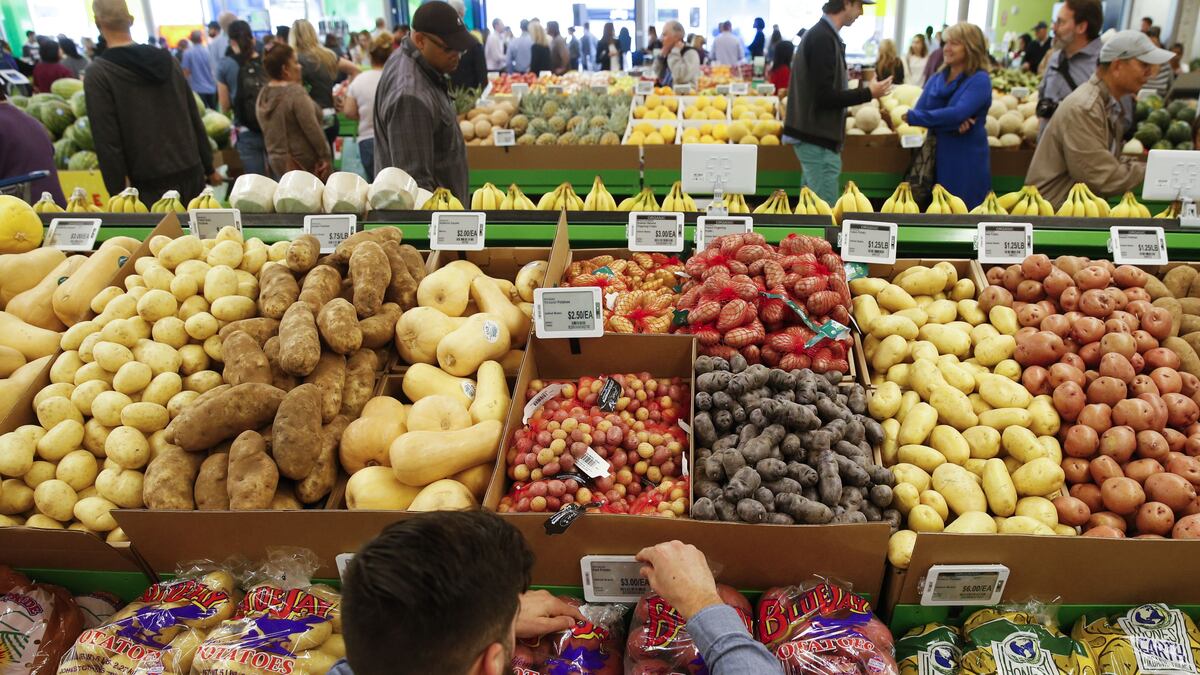Grocery store prices are changing faster than ever before — literally. This month, Walmart became the latest retailer to announce it’s replacing the price stickers in its aisles with electronic shelf labels. The new labels allow employees to change prices as often as every ten seconds.
“If it’s hot outside, we can raise the price of water and ice cream. If there's something that’s close to the expiration date, we can lower the price — that’s the good news,” said Phil Lempert, a grocery industry analyst.
Apps like Uber already use surge pricing, in which higher demand leads to higher prices in real time. Companies across industries have caused controversy with talk of implementing surge pricing, with fast-food restaurant Wendy's making headlines most recently. Electronic shelf labels allow the same strategy to be applied at grocery stores, but are not the only reason why retailers may make the switch.
The ability to easily change prices wasn't mentioned in Walmart's announcement that 2,300 stores will have the digitized shelf labels by 2026. Daniela Boscan, who participated in Walmart's pilot of the labels in Texas, said the label's key benefits are "increased productivity and reduced walking time," plus quicker restocking of shelves.
More

“If it’s hot outside, we can raise the price of water and ice cream. If there's something that’s close to the expiration date, we can lower the price — that’s the good news,” said Phil Lempert, a grocery industry analyst.
Apps like Uber already use surge pricing, in which higher demand leads to higher prices in real time. Companies across industries have caused controversy with talk of implementing surge pricing, with fast-food restaurant Wendy's making headlines most recently. Electronic shelf labels allow the same strategy to be applied at grocery stores, but are not the only reason why retailers may make the switch.
The ability to easily change prices wasn't mentioned in Walmart's announcement that 2,300 stores will have the digitized shelf labels by 2026. Daniela Boscan, who participated in Walmart's pilot of the labels in Texas, said the label's key benefits are "increased productivity and reduced walking time," plus quicker restocking of shelves.
More

A supermarket trip may soon look different, thanks to electronic shelf labels
With electronic shelf labels, prices can change up to six times a minute. Grocers including Walmart, Whole Foods and Schnucks are adopting them.<br><br><br>
www.opb.org


